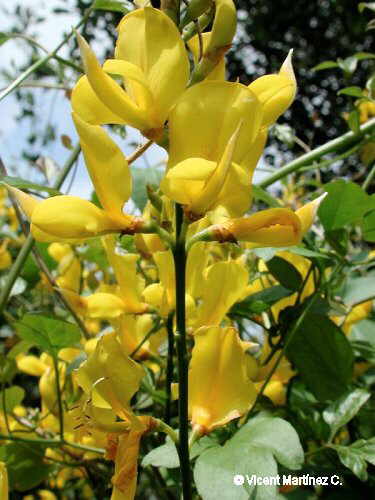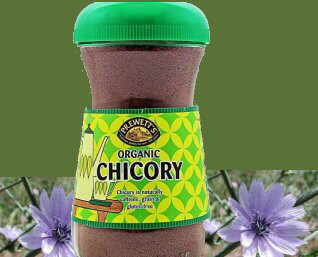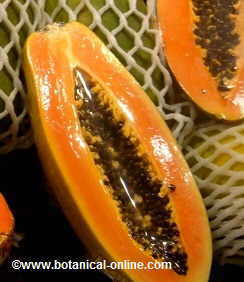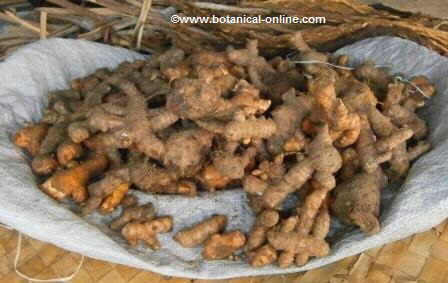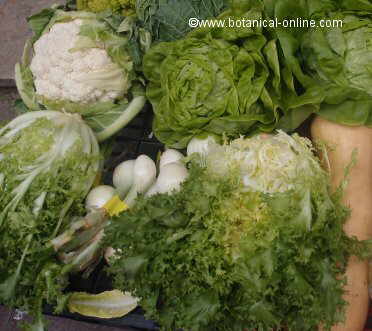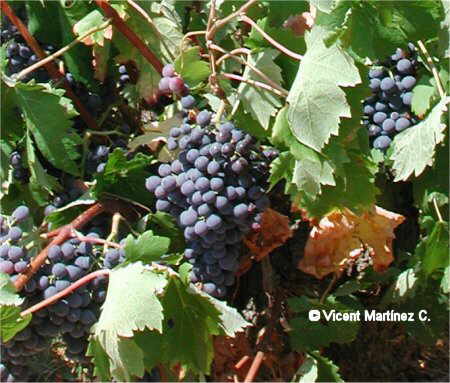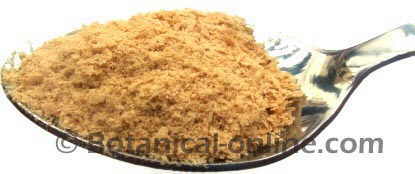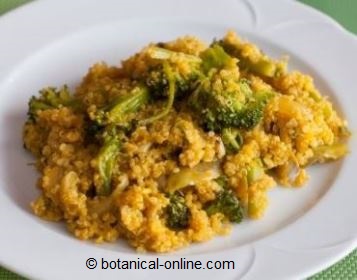Contents
Lens culinaris growing tips
LENTILS CULTIVATION – HOW TO GROW LENTILS
![]()
Characteristics of lentils
Annual herb up to 75 cm. Stems angular, thin, bearing a great hairiness. Leaves compound, alternate, provided up to 7 pairs of oval leaflets without petiole. Flowers of different colors (white, pink, purple, etc.) gathered in groups of up to 4 on long stems. Fruits in pods of between 1.5 and 2 cm in length within which are two flattened seeds about a cm wide, also called lentils, that are edible.

Lentils watering
Lentils only need a certain amount of moisture when planted so they use to be planted after the soil is moist, usually taking advantage of seasonal rains.
Subsequently, they adapt to any type of weather and can withstand virtually semi-desert environment with rainfall below 300 liters per year or hold up nearly 900 liters of annual precipitation.
Lentils however do not stand low permeability soil with and poor drainage, since, when planted in flooded soils, they can rot easily.
![]()
Lentils climate and location
Lentils are a cool weather crop. They do Not support extremely hot or extremely cold climates. they are prone to frost. At least, they need a frost-free period of about four months for them to produce crops.
Lentils are sown in late winter in colder climates and in autumn in the warmer ones. Harvesting takes place in summer, during the months of June or July. In colder areas, they can be harvested in August.
![]()
Lentils use
The lentil plant is used to produce edible seeds (lentils). Unlike other legumes, lentil plant is not used as animal fodder. It leaves are scattered on the ground so they can incorporate the nitrogen surplus of flowering and fruiting.
Lentils, like other legumes, are able to use the nitrogen by means of profiting the one produced in symbiosis with Rhizobium bacteria that produces root nodules after fixing nitrogen from the atmosphere. For this reason, in places where no legumes have been planted previously, it is convenient to introduce products containing these bacteria or impregnate the seeds with them.
For these microorganisms can perform the required function a suitable temperature and an adequate humidity is needed. A too dry soil at planting time, too high a temperature or exposure to heat, wind and dryness of soaked seeds can kill and prevent the proper development of plants.
![]()
Lentils maintenance
Lentils tolerate herbs badly so they must be removed to avoid them to compete. The best way to do this is to apply the necessary measures to eliminate them with other previous crops in rotation with this plant. The main herbs that can compete mainly are: country thistle (Cirsium arvense) or grass (Agropyron repens) that must be cleaned thoroughly.
It should be noted that lentils do not hold up well herbicides so, please, consult a specialist in the area if the appropriate herbicide to eliminate weeds may be too aggressive for the plant. Whenever possible, it is best to weed manually.
![]()
Lentils: types of soil and fertilizer
The preferred soil for lentils is a sandy soil, slightly compacted with good drainage, with a pH between 6 and 8. The best soils are those which are located on a slope which facilitates drainage. Lentils do not tolerate saline soils or flooded ones. The latter will produce in many plant root diseases.
Lentils do not generally need any nitrogen since this is obtained from their roots nodules as long as the bacteria that produce it have had an adequate development. A 70% of the required nitrogen is produced in this way, and the remaining one is obtained directly from the soil. When there is not enough bacteria have lentils do not have enough with the nitrogen remaining in the field, and if no additional nitrogen is supplied in a proportion of about 20 kg per hectare, plants turn yellow and stop producing.
Besides nitrogen lentils need phosphorus for good root growth and for proper nitrogen fixation. Phosphates can be applied at planting at the rate of about 20 kg / ha. Potassium is also suitable for growth. Apply potassium oxide (K 2 0) at a rate of about 20 kg / ha. It is convenient to perform a test to see if the soil is deficient in sulfur. Apply, in this case, about 11 kg / ha.
![]() More information on lentils.
More information on lentils.

